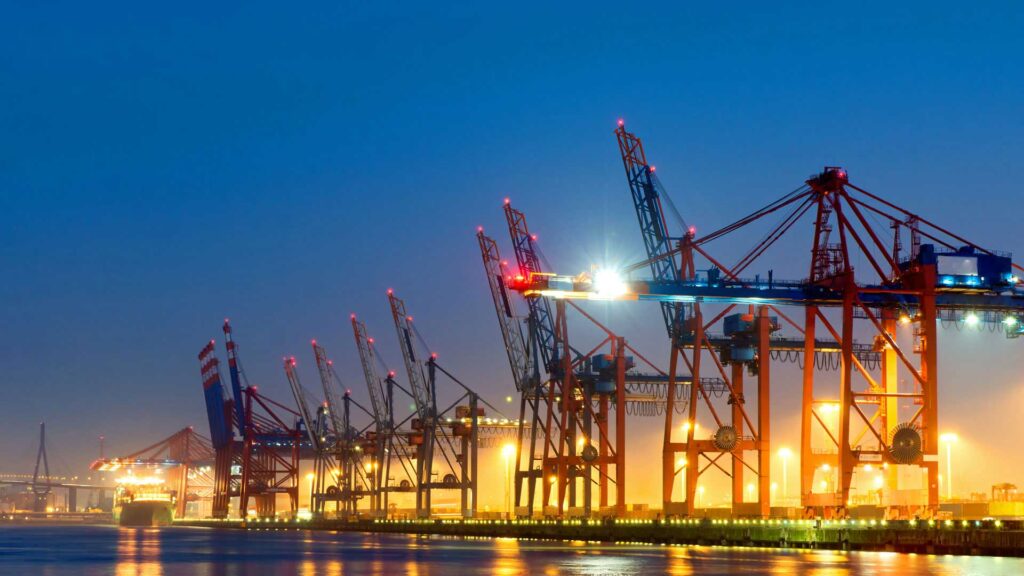A Complete Guide to Understanding Demurrage Charges in International Shipping
Are you involved in global trade and wondering — what is demurrage and why are the charges so high?
Whether you’re an importer, exporter, or logistics professional, demurrage is one of the most misunderstood — yet costly — aspects of international shipping. In this guide, we break down everything you need to know about demurrage: its definition, causes, how it works, and—most importantly—how to avoid it.
1. Introduction: The Hidden Cost in Your Supply Chain
Demurrage charges can catch even experienced shippers off guard. These fees accumulate rapidly when goods are left too long at ports or terminals, potentially costing hundreds or even thousands of dollars per container.
So, what is demurrage exactly? It is a penalty charged by carriers when containers are not picked up within the agreed “free time” at the port. If you’re shipping internationally, understanding demurrage is essential to managing timelines and protecting your bottom line.
2. What is Demurrage? A Precise Definition
Demurrage refers to the fee imposed by shipping lines when an importer fails to collect their container within the specified free days after it has arrived at the port.
Key Features:
- Applies at port terminals
- Charged per container per day
- Rates increase progressively after the grace period
This is different from detention (which applies when you hold the container outside the terminal beyond the allowed time). Demurrage is charged while the container is still inside the port or terminal premises.
3. When and Why Do Demurrage Charges Occur?
Demurrage usually starts accruing after the free time ends, which is typically 3–7 days, depending on the carrier and destination port.
Common reasons for delays:
- Delayed customs clearance
- Missing documentation
- Port congestion
- Miscommunication between stakeholders
- Public holidays or strikes
In every case, the container remains idle at the port — and carriers want their equipment (containers) back as soon as possible.

4. Understanding Demurrage vs. Detention: Know the Difference
Many shippers confuse demurrage and detention. Let’s clarify the distinction:
| Term | Where it applies | Trigger |
|---|---|---|
| Demurrage | Inside the port or terminal | Container not picked up in time |
| Detention | Outside the terminal | Container not returned on time |
Understanding this difference is crucial to avoiding unnecessary disputes and unexpected charges.
5. How Are Demurrage Fees Calculated?
Demurrage fees are typically calculated per day per container and increase the longer the delay continues.
For example:
- Day 1–5: $75 per container/day
- Day 6–10: $100 per container/day
- Day 11+: $150 or more per container/day
If you’re shipping multiple containers, the cost can become significant very quickly.
6. Industries Most Affected by Demurrage
While demurrage can affect any industry, it is especially common in sectors such as:
- Retail and Consumer Goods: High volume, tight deadlines
- Automotive: Heavy reliance on just-in-time delivery
- Construction Materials: Bulk shipments, often subject to customs delays
- Machinery and Equipment: Specialized cargo with strict import requirements
For these industries, poor planning or minor documentation errors can lead to hefty demurrage penalties.
7. How to Avoid Demurrage Charges: Expert Tips
Avoiding demurrage comes down to planning, communication, and visibility. Here are proven strategies:
✅ Prepare documentation in advance
Ensure commercial invoices, packing lists, and other customs paperwork are error-free and ready before arrival.
✅ Use shipment tracking tools
Stay informed on real-time container status to act proactively.
✅ Coordinate with customs brokers and freight forwarders
Efficient communication with partners helps reduce processing time.
✅ Negotiate longer free days when possible
Especially useful if you know there will be delays at destination ports.
✅ Have trucks and warehouses ready
Ensure you have the capacity to move containers quickly after arrival.
8. Case Study: How Demurrage Costs Spiral Quickly
A small importer of electronics shipping from China to the Port of Los Angeles faced a 5-day customs hold due to missing HS codes. The container sat at the port for 10 extra days. Result? $1,250 in demurrage charges for a single container.
This scenario is common — and entirely avoidable with proper preparation.
9. Legal and Contractual Considerations
Demurrage responsibility depends on the Incoterms and contractual terms used in the shipment. For instance:
Always clarify responsibilities in your contracts to avoid disputes with freight forwarders, buyers, or carriers.
10.Conclusion: Stay Informed, Stay Profitable
So, what is demurrage? It’s more than a shipping fee — it’s a warning signal about inefficiencies in your supply chain. By understanding demurrage, planning ahead, and partnering with experienced logistics providers, you can avoid unnecessary costs and delays.
Smart logistics starts with knowledge. Don’t let demurrage eat into your profits — manage it before it manages you.
Request a Quote
Need a tailored solution for your shipping from China?
Let TJ China Freight Forwarder assist you with reliable, cost-effective service.
FAQ:
Q1.What is demurrage in simple terms?
It’s a penalty for not picking up your cargo from the port on time.
Q2.How long is the free time before demurrage starts?
Usually 3–7 days depending on the shipping line and destination.
Q3.Who pays for demurrage charges?
Typically, the importer (consignee), unless stated otherwise in the contract.
Q4.Can demurrage fees be waived?
Sometimes — if delays were due to uncontrollable factors (like port strikes or system failures), but this is rare.
Q5.Are demurrage charges tax-deductible?
In most cases, yes — as part of business operational expenses. Check with a tax professional.
